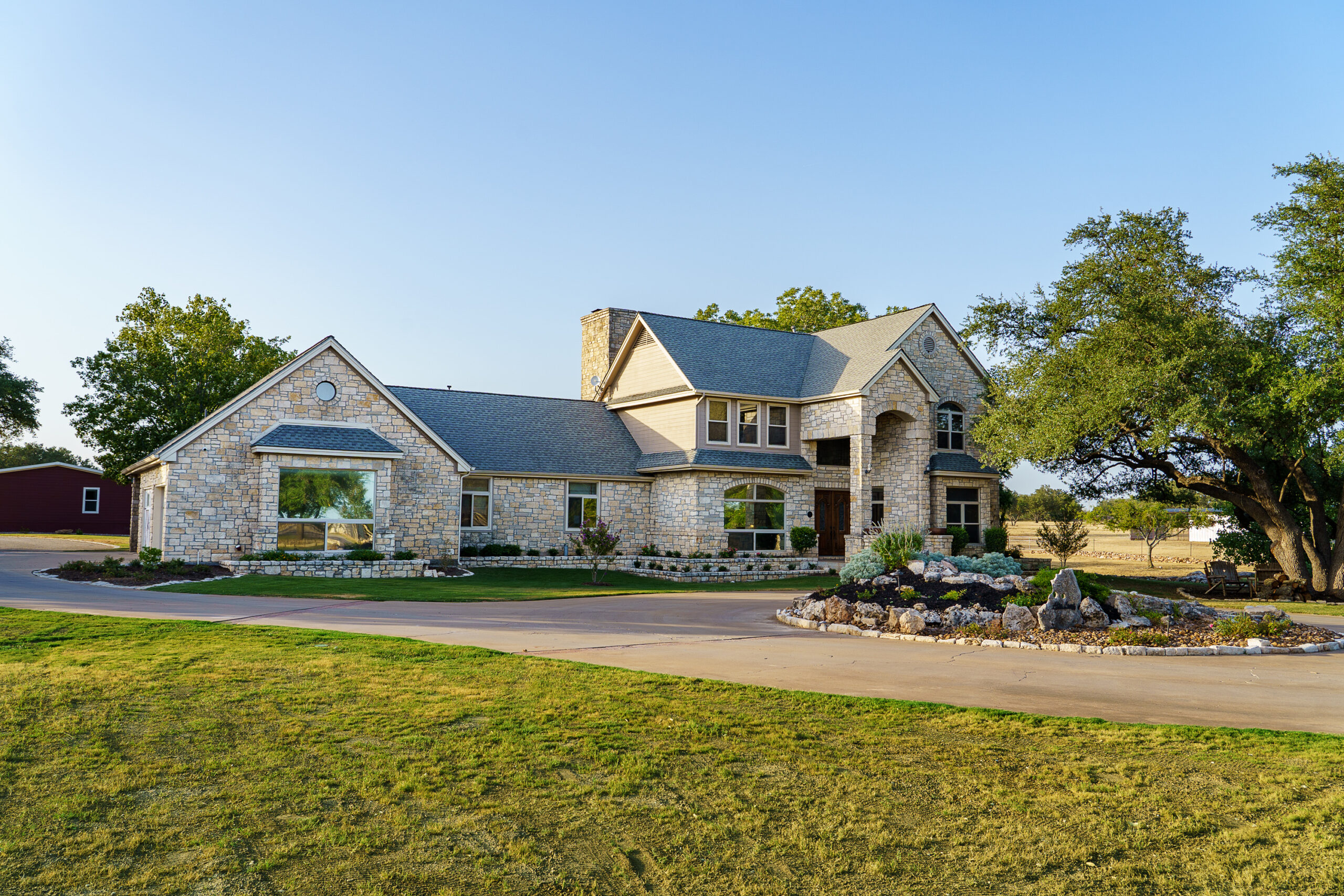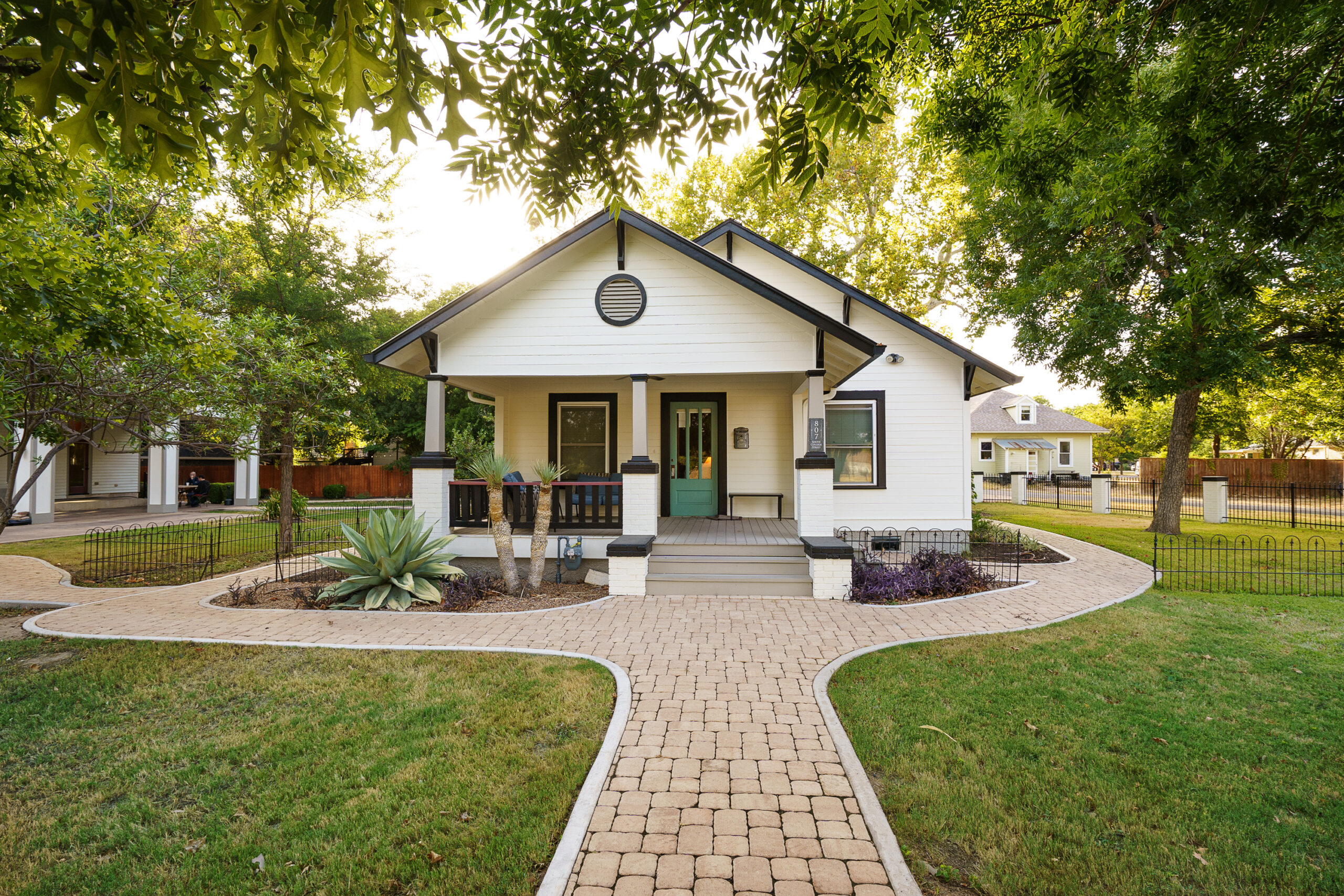
Treatment for Bipolar Disorder
Bipolar disorder is a mental health condition marked by extreme mood swings that include emotional highs (mania or hypomania) and lows (depression). These mood swings can affect sleep, energy levels, behavior, judgment, and the ability to think clearly. Episodes of mood swings may occur rarely or multiple times a year.
Treatment Programs for Bipolar Disorder
Effective management of bipolar disorder typically involves a combination of medication and therapy. Treatment programs for bipolar disorder are designed to offer individuals a structured and comprehensive approach to care, aiming to reduce the frequency and severity of mood swings, and to improve quality of life.
The cornerstone of these programs often includes psychological counseling (psychotherapy), medication management, and lifestyle counseling. Together, these components can help individuals manage symptoms, maintain a stable mood, and live more productive lives.
The Importance of Personalized Care
Personalized Treatment Plans
At Alta Loma, we understand that each person’s experience with bipolar disorder is unique. Personalized care plans are essential to address the specific needs of each individual. These plans may include a combination of therapies such as Cognitive Behavioral Therapy (CBT), dialectical behavior therapy (DBT), and other evidence-based practices tailored to the individual’s symptoms, lifestyle, and preferences.
Comprehensive Support
Supportive services, including vocational training, social skills development, and community integration efforts, are vital components of treatment programs for bipolar disorder. These services help individuals build a fulfilling life, improving their ability to function independently and enhancing their overall well-being.
Integrated Treatment Approaches
The integrated treatment model is a crucial aspect of care at Alta Loma. This approach combines psychiatric care with substance abuse treatment when necessary, acknowledging that many individuals with bipolar disorder may also struggle with addiction. By treating both conditions simultaneously, we can provide a more effective and holistic approach to recovery.
Recreational therapy and wellness activities are also integral parts of our program. Activities such as hiking, yoga, and art therapy not only provide physical benefits but also help in expressing emotions, reducing stress, and connecting with others, fostering a sense of community among residents.
The Role of Medication Management
Medication plays a critical role in stabilizing mood for individuals with bipolar disorder. However, finding the right medication or combination of medications can be a complex process. This is where Alta Loma’s expertise in medication management comes into play. Our team works closely with each resident to monitor the effectiveness of prescribed medications, making adjustments as necessary to find the optimal therapeutic balance.
Creating a Therapeutic Environment
Our serene and therapeutic environment is designed to promote healing and wellness. From the tranquility of our surroundings to the structure of our daily schedule, every aspect of Alta Loma is focused on supporting residents in their journey toward recovery. Comfortable living accommodations and communal spaces offer a sense of home and facilitate peer support, an invaluable resource in treatment.
The professional staff at Alta Loma is another cornerstone of our therapeutic environment. Their dedication to providing compassionate, personalized care helps to ensure that each resident feels valued and understood, fostering a positive therapeutic relationship that is fundamental to successful recovery.
Encouraging Family Involvement
Family plays a pivotal role in the recovery process for individuals with bipolar disorder. Our programs encourage family involvement, offering education and support to help loved ones understand the condition and how they can offer practical support. Family therapy sessions are also available, providing a space for healing and improving communication within the family unit.
Focusing on Long-Term Recovery
The journey to managing bipolar disorder is ongoing. At Alta Loma, our focus extends beyond immediate stabilization to long-term recovery and wellness. We emphasize developing coping strategies, life skills, and relapse prevention techniques to empower our residents to manage their condition effectively for the rest of their lives.
Additionally, we offer ongoing support and planning for life after treatment, helping residents to transition smoothly back into their communities with the tools and confidence needed to navigate the challenges ahead.
Ready to Start Your Journey?
If you or a loved one is struggling with bipolar disorder, Alta Loma is here to help. Our comprehensive treatment programs for bipolar disorder provide the care and support needed to move forward with hope. Contact us today to learn more about our program and how we can assist you in taking the first steps toward recovery and wellness.

What is the most effective treatment for bipolar disorder?
The consensus among mental health professionals is that a blend of medication management and psychotherapy provides the most effective treatment for bipolar disorder. This combination addresses both the biological and emotional aspects of the disorder. Imagine this approach as a two-pronged strategy: the medication helps to stabilize the mood swings that characterize bipolar disorder, while therapy offers a space to develop coping strategies, understand patterns in mood and behavior, and work through the personal and interpersonal challenges that the disorder may present. At our organization, we’ve observed firsthand how this integrated approach can significantly improve the quality of life for individuals with bipolar disorder, encouraging them to lead healthier, more stable lives.
What type of therapy is needed for bipolar disorder?
Cognitive Behavioral Therapy (CBT) has proven to be particularly effective for managing bipolar disorder, though many benefit from incorporating other therapeutic modalities such as Dialectical Behavior Therapy (DBT) and Family-Focused Therapy. CBT helps individuals identify and change negative thought patterns and behaviors, while DBT emphasizes regulating emotions and improving relationships. Family-Focused Therapy involves family members in the treatment process, educating them about the disorder and teaching them strategies to support their loved one. We tailor therapy to the individual, recognizing that personalization is key to addressing the multifaceted nature of bipolar disorder.
How do you get help for someone with bipolar?
Assisting someone with bipolar disorder often starts with open, compassionate communication. Encourage them to seek professional help and offer to support them through the process, whether that means helping them find a therapist, attending appointments with them, or simply listening. It’s crucial, however, to respect their autonomy and decisions. At times, individuals may not recognize the need for help, making it a delicate situation. If you’re concerned about someone’s immediate safety, it’s essential to seek emergency assistance. Remember, the journey to managing bipolar disorder is often a marathon, not a sprint, requiring patience and understanding.
What is the best charity for bipolar disorder?
While there are many outstanding organizations dedicated to bipolar disorder, finding the “best” charity can depend on the specific needs and values of the person looking. Some charities focus on research, others on education, and some provide direct support to individuals and families. We recommend researching and connecting with charities that align with your values and offer the resources that most closely meet your needs. Many find that charities providing comprehensive resources, such as educational materials, support groups, and advocacy, can be especially beneficial. Exploring organizations with a strong community presence or those that contribute to advancing treatment options and public understanding of bipolar disorder can also be rewarding.
Are there effective alternative treatments for managing bipolar disorder?
While medication and therapy are the cornerstones of bipolar disorder treatment, many individuals find additional benefit in alternative treatments such as mindfulness practices, exercise, and nutritional adjustments. Mindfulness and meditation can help reduce stress and improve emotional regulation, which is crucial for managing mood swings. Regular physical activity is known to improve mood, sleep, and energy levels, all of which contribute to the overall well-being of someone with bipolar disorder. Nutritional adjustments can also play a role; for instance, certain dietary patterns may support brain health and mood stability. It’s important, however, to approach such treatments as complementary to the standard care plan, rather than replacements. Always discuss any new treatment approaches with a healthcare provider to ensure they’re appropriate and safe.






